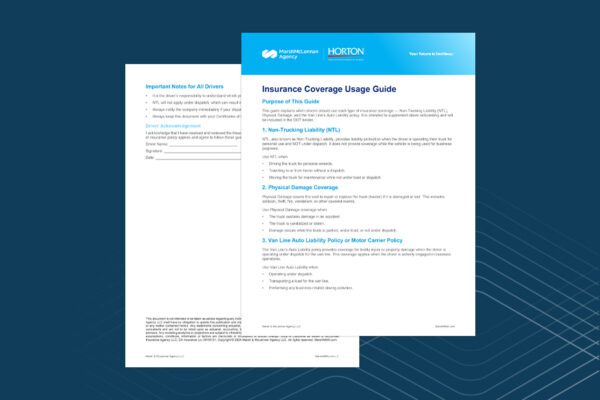The conversation around employee wellness programs is more critical than ever. Historically, these programs have often fallen short of their promises, leaving many employees feeling disengaged and unfulfilled. Despite significant investments in wellness initiatives, businesses have struggled to demonstrate a clear return on investment (ROI) or meaningful improvements in employee health and productivity. This reality prompts a necessary reevaluation of how we approach wellness in the workplace.
The Historical Shortcomings of Wellness Programs
For decades, wellness programs have been marketed as comprehensive solutions to improve employee health, reduce healthcare costs, and enhance overall workplace morale. However, many of these initiatives have been one-size-fits-all approaches that fail to address the diverse needs of employees. Common pitfalls include:
- Lack of Personalization: Many wellness programs offer generic solutions that do not consider individual employee needs, preferences, or circumstances. This lack of personalization can lead to low participation rates and minimal impact.
- Insufficient Engagement: Traditional wellness programs often rely on passive participation, such as health screenings or informational seminars, rather than actively engaging employees in their wellness journeys. This can result in a lack of motivation and commitment.
- Limited Scope: Many programs focus primarily on physical health, neglecting other critical aspects of wellness, such as mental health, financial well-being, and social connections. This narrow focus can leave employees feeling unsupported in areas that significantly impact their overall quality of life.
- Inadequate Measurement: Businesses often struggle to measure the effectiveness of their wellness programs, leading to a lack of accountability and continuous improvement. Without clear metrics, it is challenging to determine what works and what doesn’t.
Rethinking Wellness Programs for 2025
To create wellness programs that deliver meaningful results in 2025, businesses must adopt a more holistic and personalized approach. Here are several strategies to consider:
- Embrace Personalization: Wellness programs should be tailored to meet the unique needs of employees. This can be achieved through personalized assessments that consider individual health goals, preferences, and challenges. By offering a range of options—such as fitness classes, mental health resources, and financial planning workshops—employees can choose the programs that resonate with them, increasing engagement and participation.
- Foster a Culture of Well-Being: Creating a culture that prioritizes well-being requires leadership commitment and active involvement. Businesses should encourage open conversations about wellness, provide resources for mental health support, and promote work-life balance. By normalizing discussions around well-being, organizations can create an environment where employees feel safe to seek help and support.
- Integrate Technology: Leveraging technology can enhance the effectiveness of wellness programs. Wearable devices, mobile apps, and online platforms can facilitate personalized health tracking, provide access to virtual wellness resources, and foster community engagement. By utilizing technology, businesses can create a more interactive and engaging wellness experience.
- Address Holistic Wellness: A successful wellness program must encompass all dimensions of well-being, including physical, mental, emotional, and financial health. Offering resources such as mental health days, stress management workshops, and financial literacy programs can help employees achieve a more balanced and fulfilling life.
- Measure and Adapt: To ensure the effectiveness of wellness programs, businesses must establish clear metrics for success. Regularly collecting feedback from employees and analyzing participation rates, health outcomes, and overall satisfaction can provide valuable insights. This data-driven approach allows organizations to adapt their programs based on what works best for their workforce.
- Encourage Community and Connection: Building a sense of community within the workplace can significantly enhance employee engagement in wellness programs. Organizing team challenges, group activities, and social events can foster connections among employees, making wellness a shared journey rather than an individual endeavor.
Final Thoughts
As we navigate the complexities of the modern workplace in 2025, rethinking wellness programs is essential for fostering a healthier, more engaged workforce. By acknowledging the historical shortcomings of wellness initiatives and implementing personalized, holistic and data-driven strategies, businesses can create programs that truly deliver on their promises. In doing so, they will not only enhance employee well-being but also drive productivity, satisfaction, and overall organizational success.
Are you ready to transform your wellness programs for 2025? Reach out to our Employee Benefits team to learn how we can help you design and implement effective wellness strategies that meet the unique needs of your workforce.
Material posted on this website is for informational purposes only and does not constitute a legal opinion or medical advice. Contact your legal representative or medical professional for information specific to your legal or medical needs.




